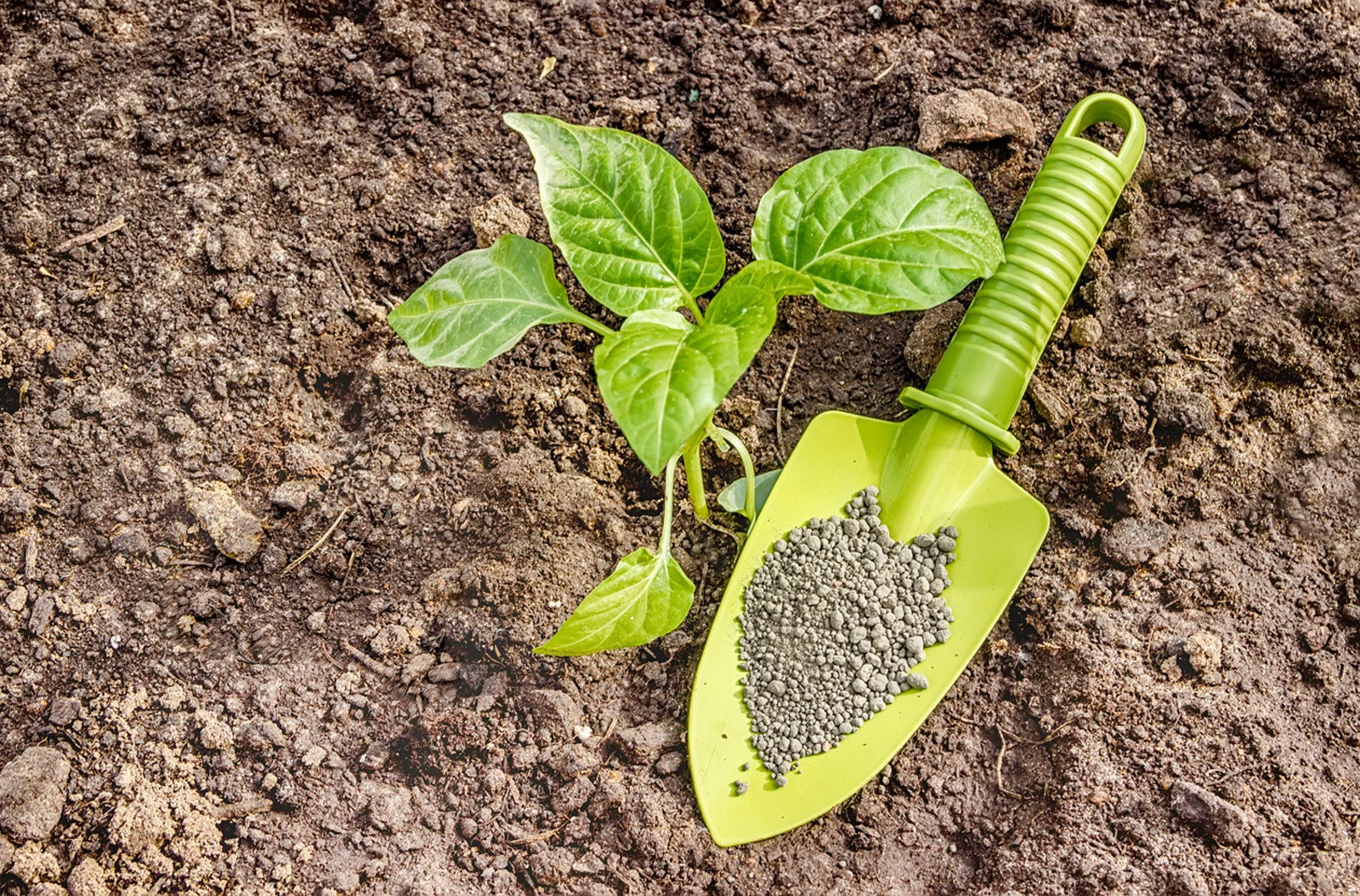Potassium Rich Soil: Tips For Lowering Potassium Levels


Potassium is a critical nutrient that plants absorb from the soil, and from fertilizer. It increases disease resistance, helps stalks to grow upright and sturdy, improves drought tolerance, and helps plants get through the winter. A little extra potassium generally isn’t cause for worry, but potassium-rich soil can be a problem. Read on to learn how to reduce potassium in soil.
Problems Caused by Too Much Potassium
As important as it is, too much potassium can be unhealthy for plants because it affects the way the soil absorbs other critical nutrients. Lowering soil potassium can also prevent excess phosphorus from running into the waterways where it can increase growth of algae that can eventually kill aquatic organisms.
How to tell if your soil has too much potassium? The only way to know for sure is to have your soil tested. Your local cooperative extension office can send soil samples to a lab, usually for a reasonable fee. You can also purchase testing kits at a garden center or nursery.
How to Treat High Potassium
Following these tips on lowering soil potassium can help alleviate any future issues:
- All commercial fertilizer must list the levels of three important macro-nutrients with an N-P-K ratio on the front of the package. The three nutrients are nitrogen (N), phosphorus (P), and potassium (K). To reduce potassium in soil, use only products with a low number or a zero in the K position or skip the fertilizer entirely. Plants often do fine without it.
- Organic fertilizers generally have lower N-P-K ratios. For instance, an N-P-K ratio of 4-3-3 is typical for chicken manure. Also, the nutrients in manure break down slowly, which may prevent potassium buildup.
- Sift the soil and remove as many rocks as possible. This will prevent minerals in rocks, such as feldspar and mica, from releasing potassium into the soil.
- Loosen the soil with a garden fork or shovel, then water deeply to dissolve and flush out the surplus in potassium-rich soil. Allow the soil to dry completely, then repeat two or three more times.
- Grow a cover crop of legumes that will fix nitrogen in the soil. This practice will meet the soil’s needs for nitrogen without increasing phosphorus or potassium.
- If the area is small, digging in crushed seashells or eggshells may help balance soil nutrients.
Gardening tips, videos, info and more delivered right to your inbox!
Sign up for the Gardening Know How newsletter today and receive a free copy of our e-book "How to Grow Delicious Tomatoes".

A Credentialed Garden Writer, Mary H. Dyer was with Gardening Know How in the very beginning, publishing articles as early as 2007.